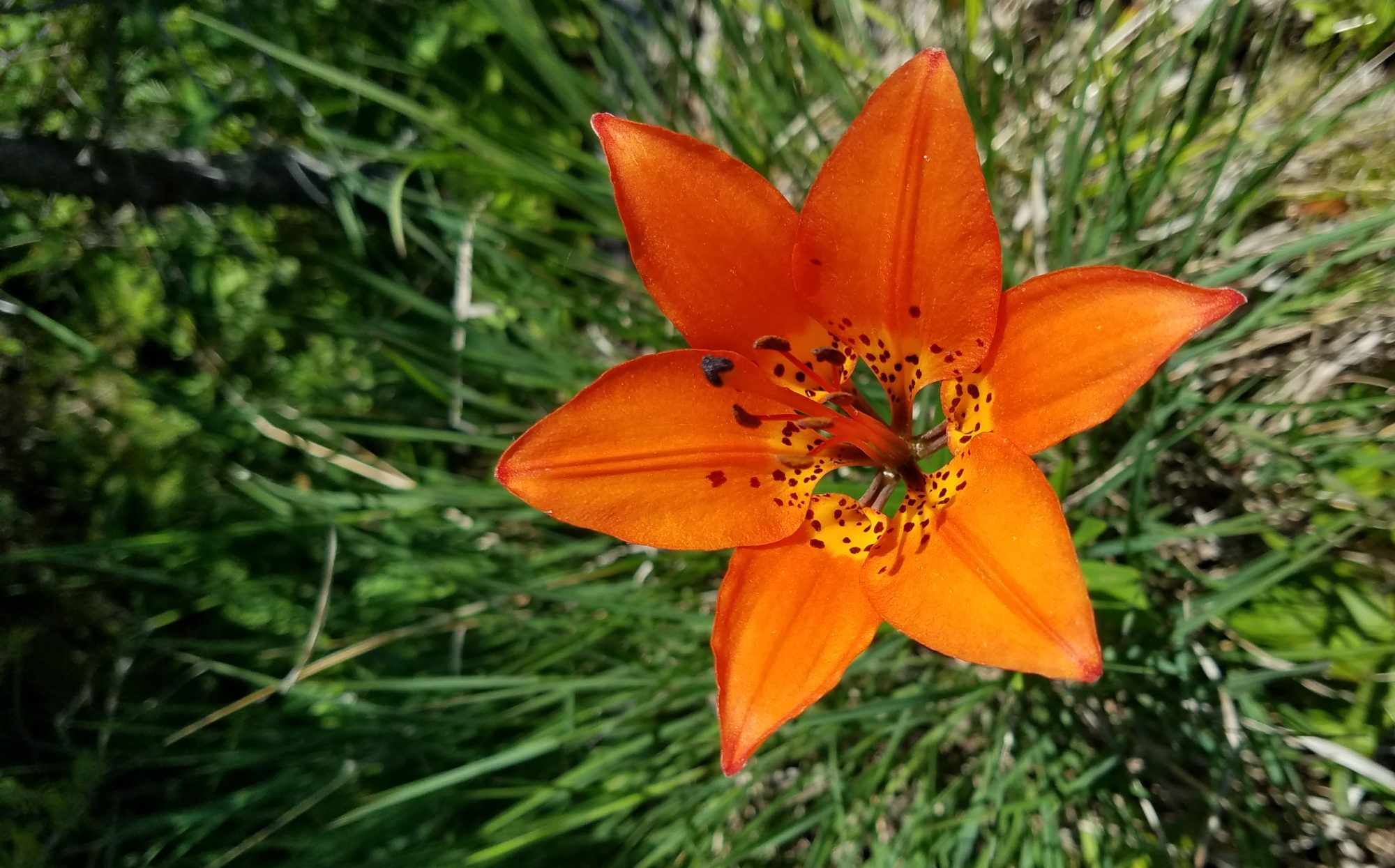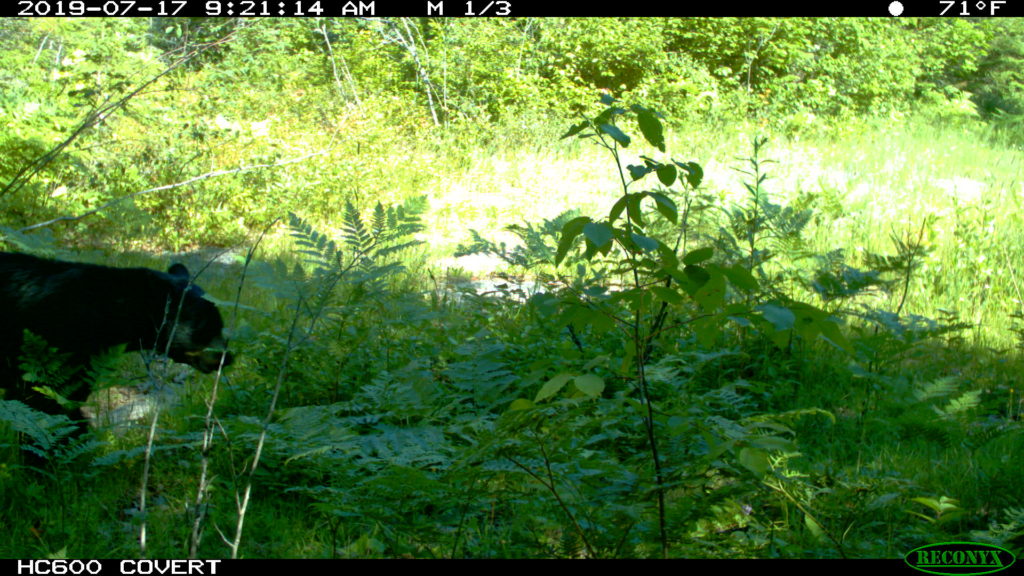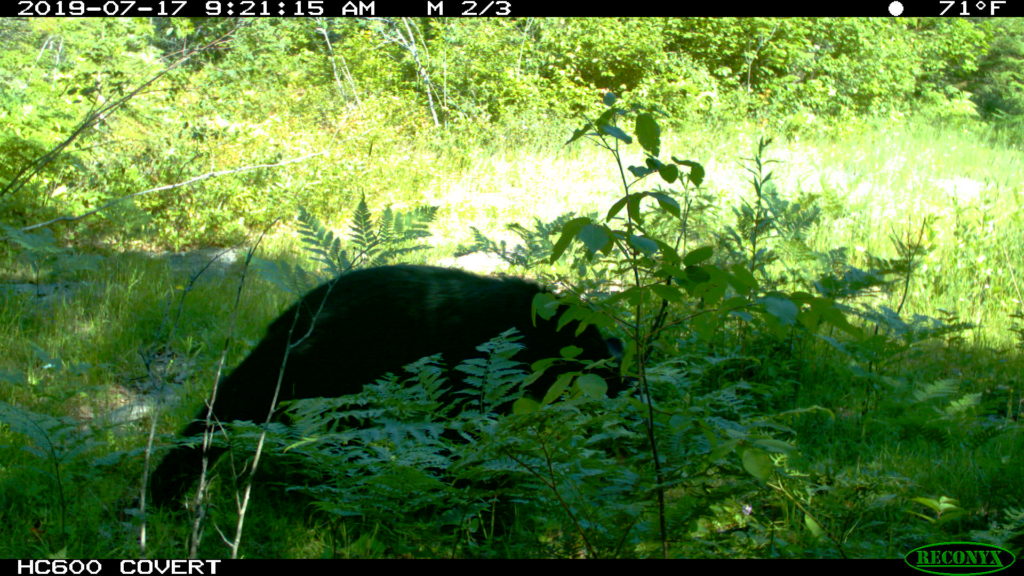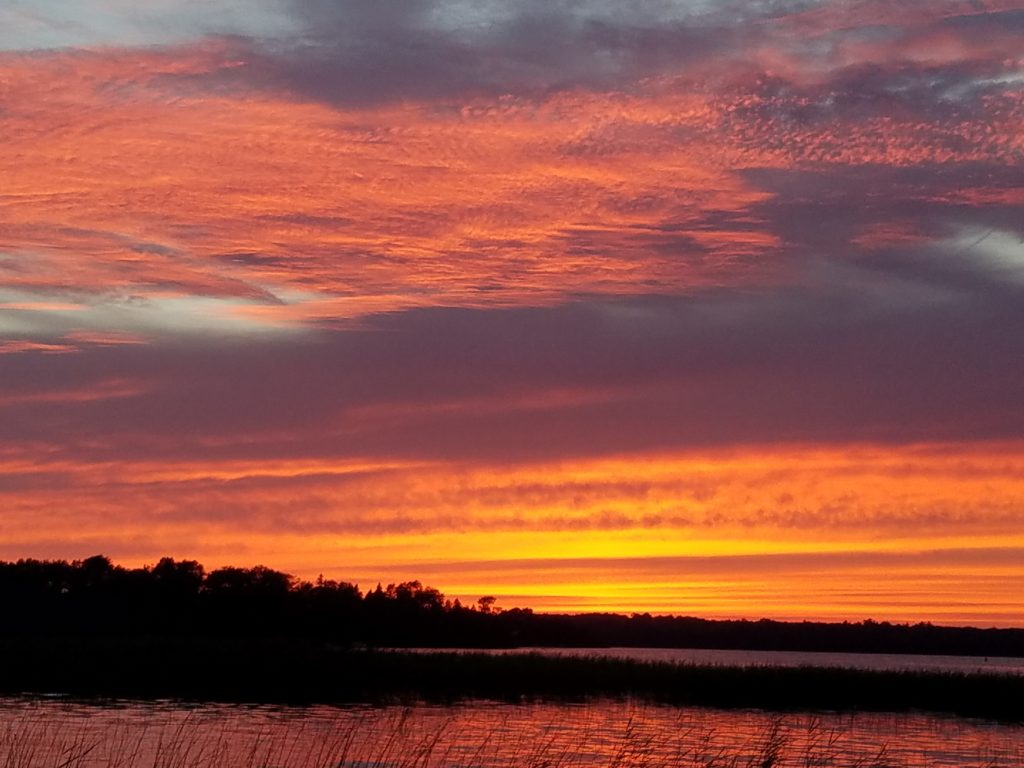The poet imagines glowing dawn lifted on wings of birds in song. Naturalists call this flurry of crepuscular song the “dawn chorus.” Before the sun rises above the cabin’s east horizon birds announce the day in urgent contest.
The early bird here at the rustic family cabin on wild Drummond Island, encouraging timid dawn with piping song, is the local Winter Wren. Its capacious song has been described as, “seventeen seconds of ecstatic bliss.” In truth, the full song during peak breeding season in June can exceed thirty-seconds in length. Even the short song phrases we hear around the cabin in mid-July carry the ecstatic quality unique to this lover of boreal shadows and shady brushy thickets where spiders are entree for wren days.
The wren is not alone in song for long. Our familiar and abundant American Robin sings along lakeside too, everywhere we humans have opened canopy and grown grassy habitat we hear their “round-a-lay’s”. Robin phrases are metronome for the morning chorus. Soon, Song Sparrows join. This ubiquitous bird is common further south as well as here at the cabin. Their song splits the morning air with complex rich whistled notes in three phrases often varied. Next and certainly not least, the American Redstart tickles the growing onshore breeze with frequent and varied phrases of whistled song—the most abundant species hereabouts at this season. Black-capped Chickadees pronounce their onomatopoetic call early and often and also sing, “fee-bay, fee-bay” to declare territory. Northern Flickers and Pileated Woodpecks visit the property, daily. The Great-creasted Flycatcher visits a high perch in the sun and calls, “rreeep!”
Drummond’s toughest little bird dumbfounds the redstart and the others with its tenacity. The Red-eyed Vireo sings its simple whistled phrases at bewildering rate and numbing monotony throughout the day. These mighty little birds migrate all the way from their Amazon home to breed in a flurry of activity in North America’s eastern and northern forests including Drummond Island during May and June and into July in the northcountry. They practice song for thousands of miles along the way through weeks of northbound flight, then immediately claim their territory and begin defending it, hurtling endless volleys of song against counter-singing neighbors. Most females arrive north after most males are already on territory and it’s essential that the little guy by the cabin is singing powerfully and often so she finds him first and finds him fit.
Poets romanticize birds’ songs for their beauty and purity, anthropomorphizing their little intent with assertions of avian joy and pleasure. The poets have never observed closely a singing bird. That little vireo may as well be screaming, “I’ll huff and I’ll puff and I’ll blow you out of my territory.” Birds singing are not in it for beauty and joy. Birds sing in spring to demonstrate extraordinary fitness attractive to females of the same species. They dedicate most of their energy for most of the day to pursuit of reproductive success. They sing to exhaustion, chase nearby invading birds, then sing again and again. A magnified view seen through a birder’s spotting scope exposes their supreme effort and strain. Fatigued birds pant, mouth agape, like human sprinters at the conclusion of their race, but the birds must recover quickly and carry on hour after hour, day after day.
Human males demonstrate fitness in more complicated and subtle ways than do birds, but for the sake of understanding the magnitude of avian effort, it may be helpful to imagine oily skin human body builders strutting and flexing through pose after pose all day long like so many peacocks, but without competition rules. Imagine their jealous eyes darting for glimpses of invading competitors encroaching on their display. They leap and dash around the stage pushing competing body builders away, then resume posing again and again. Imagining thusly, you may better appreciate the effort and commitment of migratory songbirds to leave offspring during short northern warm seasons.
Many song birds like the redstart and the vireo are Neotropical migrants. Spring and summer are their time here at the cabin and nearby during the rush of nesting season, but many other bird species live out their lives on the island or nearby or depend on the island as a whole habitat for their living. Sitting in comfortable chairs on the cabin deck, drink in hand, we see many larger birds and hear them in the distance, both resident and migratory.
Abundant Ring-billed Gulls fly the pie of sky seen from the cabin deck and rend the air with loud cries. Herring Gulls join the gang when morsels of food are available. Terns fly by, Common Terns and occasional Caspian Terns are seen but rarely heard. Common Ravens and family groups of raven’s croak and shriek loudly onshore as do the gulls offshore. These fussy noisemakers get vocal and take wing when an Osprey or a Bald Eagle drifts on thermals through our slice of big sky. Even the lazy-winged Turkey Vultures occasionally get a rise out of the gulls and blackbirds. Red-winged blackbirds and Common Grackles use the common reed grass beds offshore and marshlands onshore. Already, numbers of juveniles are gathering in noisy conclaves. Tree swallows chatter and wheel through aerial maneuvers over the water, flashing iridescent blue-green mantles and gleaming white undersides.
No other bird inspires jaw-dropping astonishment equal to the island’s Sandhill Cranes when seen and heard close. They are fairly common in fields along roadsides and three spent much of their time in the neighborhood of the cabin. Their powerful rattling bugle calls are heard at great distance and without fail, raise the hair on the family dog’s neck.
Listen well and even during lazy July evenings you can hear occasional Common Loons’ plaintive yodeling offshore. Small family groups of Mallards and growing gatherings of Canada Goose families are talkative passers-bye on the water or honking, squawking overhead. Double-crested Cormorants and Pied-billed Grebes dive and chase fish for a living just off shore while Great Blue Herons corral fish and frogs along the shoreline.
July is not the most song-filled nesting period for bird life, but numbers of birds explode as juveniles join adults on the wing. Many additional species of birds are seen and heard on Drummond Island through the seasons. A skilled birder able to spend time in searching Drummond’s varied habitats can find 150 species on the island during spring migration.
Good birding.





